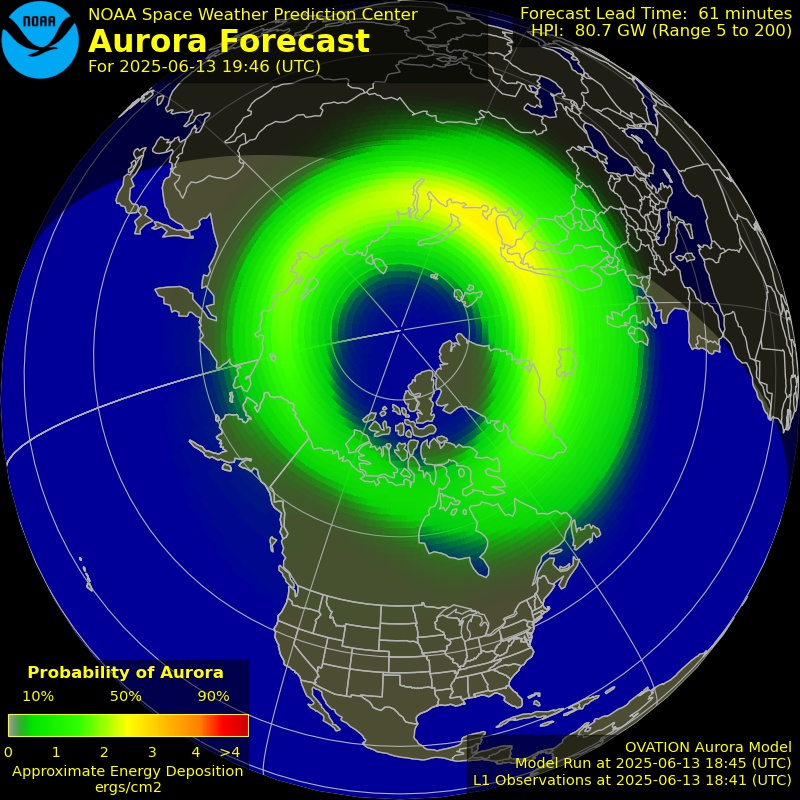It's a bird, it's a...moth? It's...what is it?
Sep 13, 2023 09:45AM ● By Content Editor
All photos by Laura Durenberger-Grunow
By Laura Durenberger-Grunow - Boreal Community Media - September 13, 2023
If you or your neighbor has any sort of flower garden right now, chances are you’ve seen the mysterious-looking creature that at first glance, looks like a hummingbird. It flies like a hummingbird and flirts around flowers like a hummingbird, but…it’s not a hummingbird.
Upon closer inspection, however, notice that it has a long "tongue" (which is not actually a tongue at all, but a "tubular sucking organ" used for taking in nectar called a proboscis) almost like a butterfly or a moth. So, what is it?

White-lined sphinx moths have long proboscis which they use to feed on nectar
Curious gardeners can use tools such as the Seek app to (hopefully) get an accurate identification. The problem is that these creatures move fast. Like, well, a hummingbird.
To get an accurate identification and learn about these cool “things” flying around Cook County, Boreal Community Media reached out to Dominique Menard, a naturalist at Sugarloaf Cove Nature Center in Schroeder, Minnesota.
Menard shared that what we are seeing is called a white-lined sphinx moth, or, a hummingbird moth.
“It is indeed the time for them. Or more accurately, one of the times for them. There are typically two generations of white-lined sphinx a year,” she said.

The wings of hummingbird moths beat very quickly, just like an actual hummingbird
White-lined sphinx will overwinter as larvae, and emerge in the spring as adults (April-May). This first “round” of moths will lay eggs, or the second generation. This group will hatch, become larvae, and then become adults at the end of summer or early fall - which is what we are seeing now.
When asked if white-lined sphinx moths migrate, Menard said this: “As for migration... sort of. Sphinx caterpillars will often bury themselves underground for their pupation. In some places, the winters are too cold for them to survive this, but adults from warmer climates will travel there the next spring to prevent overcrowding if there is a large population. My guess is that many parts of northern Minnesota would be too cold, but near the shore, they may be able to overwinter."
To help identify species in the future, Menard recommends using an app called iNaturalist. The app is not only an identification app, but it also records observations from people in your area (and globally) who have entered a sighting, and it provides resources on the specific species you’re looking at. “It also collects data for citizen science,” she added. It can also be a fun tool to use with kids. To learn more about Sugarloaf Cove Nature Center, visit: https://sugarloafnorthshore.org/ |

